Touch With US
Phone Numbers :
(+86)15824570885
Location Address :
Shanghu Town,Changshu City,Jiangsu ,China
Email Address :
john@shopfittingmanfuacturer.com
CONTACT US
Our team is ready to answer all your questions.
12 years China Customzied Shop Fittings manufacturer
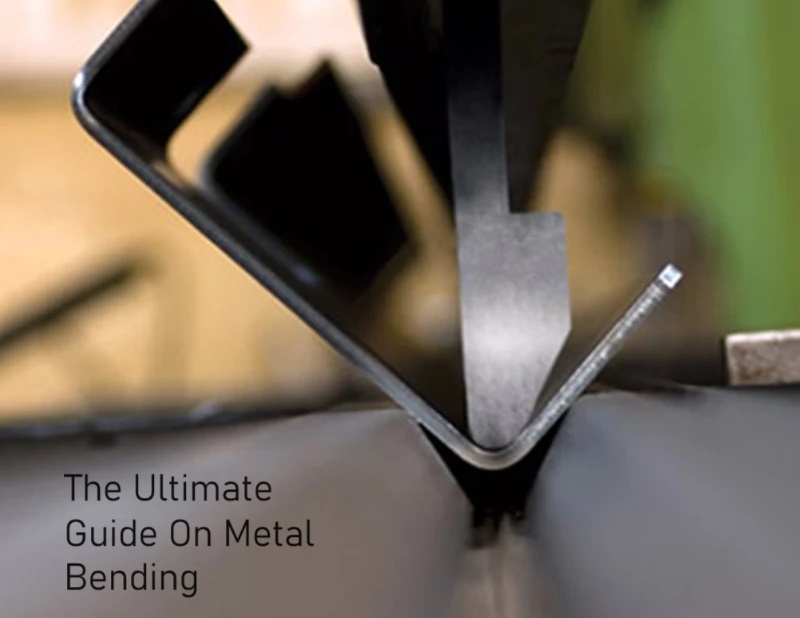
Metal bending and laser cutting are widely used in various industries and fields, forming crucial manufacturing processes. This article summarizes various processing methods for metal bending and introduces laser cutting technology, highlighting their importance in the shop fitting industry and beyond. By understanding the characteristics of these processing methods, manufacturers can select more suitable equipment and techniques to improve product quality, precision, and production efficiency.

Metal bending, the process of deforming metal materials such as wire or sheet into a desired shape, is extensively used in industry. By employing different tools and equipment, metals can be bent at various angles and curvatures to achieve complex designs and structures. Similarly, metal laser cutting has revolutionized the manufacturing industry, offering precision cutting for a wide range of applications.
Wire bending is the process of shaping thin, long wire into desired forms using various methods. This technique is widely used to make springs, hooks, racks, and other small parts that require precise shapes. Some common wire bending techniques include:

Cornice Brake: The Cornice Brake is a manual bending tool suitable for bending thin metal sheets and wires. This tool allows the operator to precisely control the bend angle and arc.
Machine bending: This method uses specialized equipment to bend metal wire with high precision. CNC laser cutting machines can often be integrated with bending equipment for a comprehensive metal fabrication process.
Sheet metal bending is the process of shaping sheet metal into a desired form using various methods and tools. Different bending methods are suitable for sheet metal of different thicknesses, materials, and shapes. Sheet metal fabrication often combines bending with other processes like laser cutting for comprehensive part production. Below are the types of sheet metal bending:

V-bending: Using a V-shaped die and punch, a stamping machine applies pressure to the metal sheet to form it into the desired V-shaped angle.

Bottom bending: Similar to V-bending, but the metal bottom and the mold bottom fit perfectly to achieve high-precision angles and shapes.
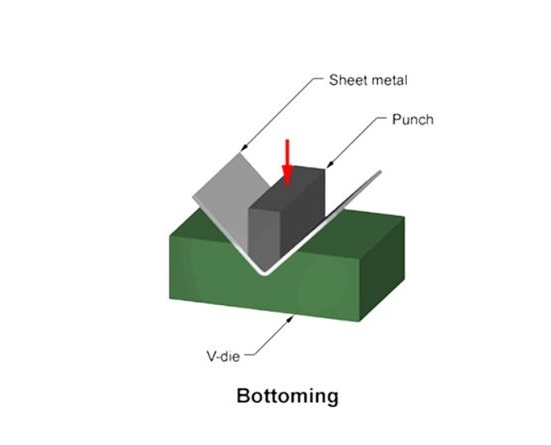
Coining bending: Very suitable for processing metal sheets. Through high pressure, the metal sheet or wire is pressed into the mold to produce very precise bends and angles.
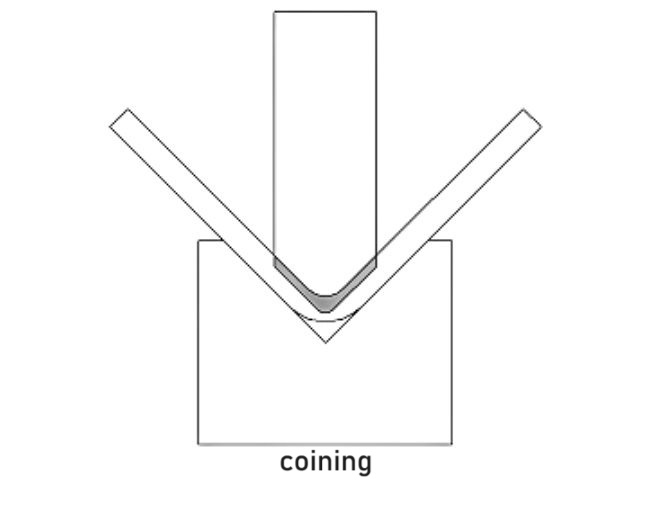
Stamping bending: Uses high pressure to press the metal sheet into a die to form precise bends and angles. It is suitable for processing thick metal sheets.
Air bending: A processing method that bends the metal sheet by applying partial pressure to the mold air. Although more flexible than other methods, it has the disadvantage of lower precision.

Wiping bending: Requires the use of a fixed mold and a movable mold. Pressure is applied to these two molds, and the metal sheet is bent after their combined action. It is suitable for bending products at large angles.
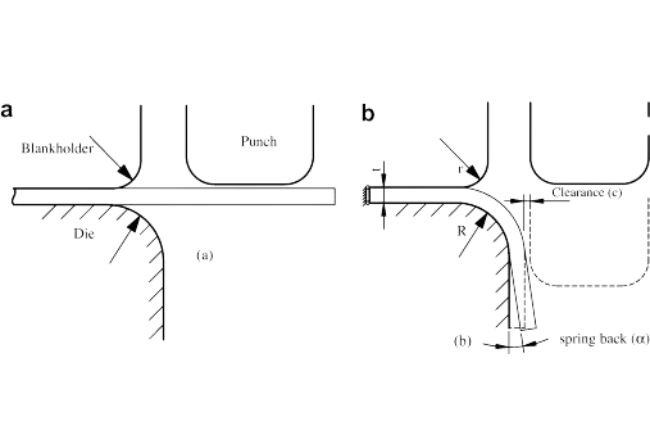
Rotary stretch bending: Used to bend metal sheets by applying pressure to the rotating die and its stretching device. It is indispensable for precise and complex bending.
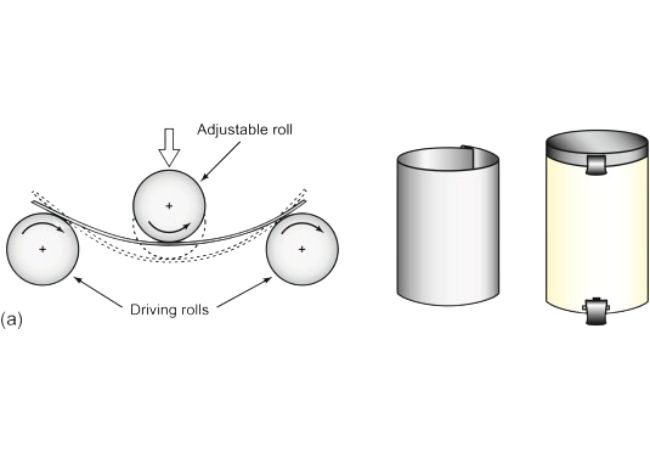
Step bending: Has very high requirements on the product mold. It replicates multiple bends of the product, distributes them, and then combines them into a complex bend. It is suitable for manufacturing parts with complex shapes.
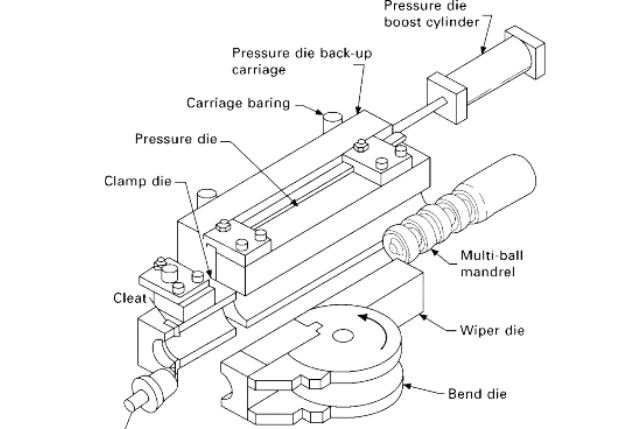
High precision: Can process relatively accurate structures and angles.
Flexible design: Meets various design requirements.
Higher efficiency: Modern processing methods can produce higher efficiency, especially automated bending machines, which are 3-5 times more efficient than manual ones.
Versatile: Can be used for processing materials of various thicknesses and materials, such as iron, stainless steel, copper, aluminum, etc.
High efficiency: The application of automated equipment improves the efficiency of production and processing.
High quality: Can achieve high-precision, high-quality production products with higher precision and more stable quality.
Precision cutting: Laser cutting technology allows for extremely precise cuts, complementing bending processes for complex part production.
Stainless steel: High strength, good corrosion resistance, suitable for a variety of bending processes and laser cutting.
Aluminum alloy: Lightweight, easy to process, suitable for aerospace and automotive manufacturing.
Copper: Good ductility and conductivity, suitable for electrical and decorative applications.
Brass: Good mechanical properties and corrosion resistance, suitable for decorative and mechanical parts.

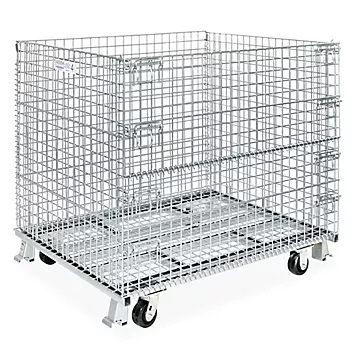
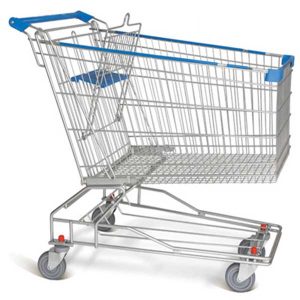
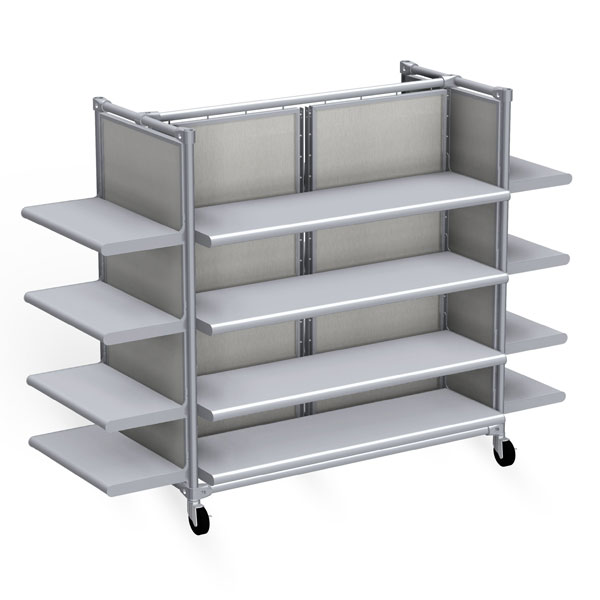


Stainless steel: High strength, good corrosion resistance, suitable for a variety of bending processes
Aluminum alloy Lightweight, easy to process, suitable for aerospace and automotive manufacturing
Copper: Good ductility and conductivity, suitable for electrical and decorative applications
Brass :Good mechanical properties and corrosion resistance, suitable for decorative and mechanical parts
CNC Bending Machines: For high-precision and automated bending, suitable for large-scale production.
Roll Bending Machines: For manufacturing cylindrical and curved parts.
Pressing Machines: For high-pressure bending, suitable for processing thick metal sheets.
Industrial Laser Cutting Machines: For precision cutting of various metals, complementing bending processes for comprehensive part production.
Consider the bending radius: The minimum bending radius of the metal should be considered during design to avoid cracking.
Reserve machining allowance: Reserve a certain machining allowance in the design to facilitate subsequent adjustments and corrections.
Choose appropriate materials: Select appropriate metal materials according to the application environment and requirements of the parts.
Optimize structural design: Try to avoid complex and unnecessary bending to simplify the manufacturing process.
Account for cutting tolerances: When designing parts for laser cutting, consider the cutting tolerances to ensure precise fit and assembly.
With over a decade of experience in the shop fitting industry, our factories combine traditional metal bending techniques with modern laser cutting technology to provide comprehensive metal fabrication solutions. Our skilled workers and state-of-the-art equipment, including CNC laser cutting machines, ensure high-quality products that meet the exacting standards of various industries.
12 years Experienced Factories, Good Equipment And Skilled Workers Are The Guarantee Of Your Brand Reputation
Touch With US
(+86)15824570885
Shanghu Town,Changshu City,Jiangsu ,China
john@shopfittingmanfuacturer.com
CONTACT US
Our team is ready to answer all your questions.
JY has over a decade of providing one-stop metal shop fixture solution for all industry needs. With rich experience¸ we have a deep understanding about the unique challenges and requirements of our customers.